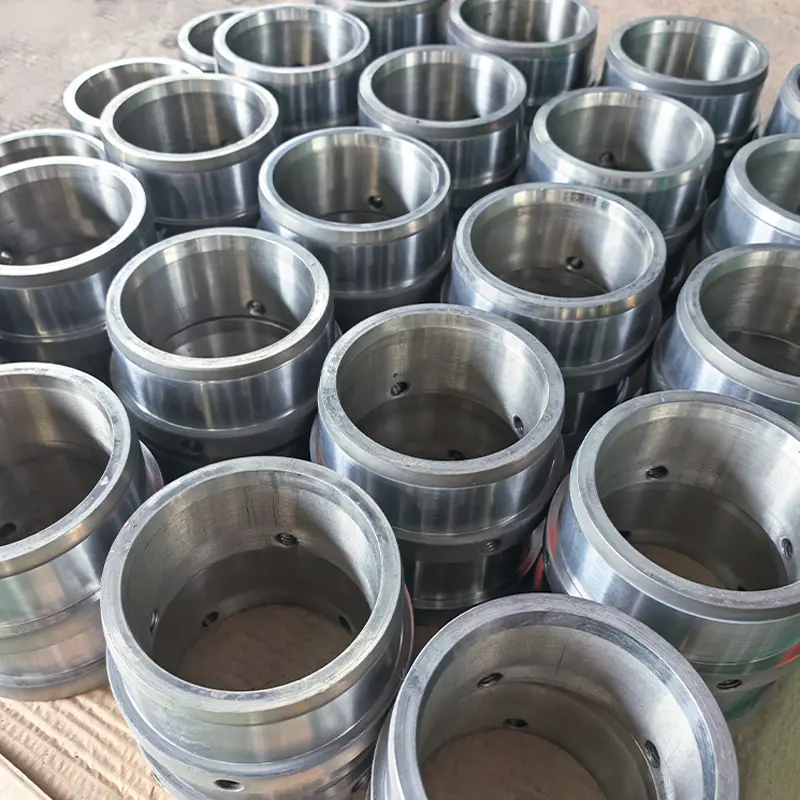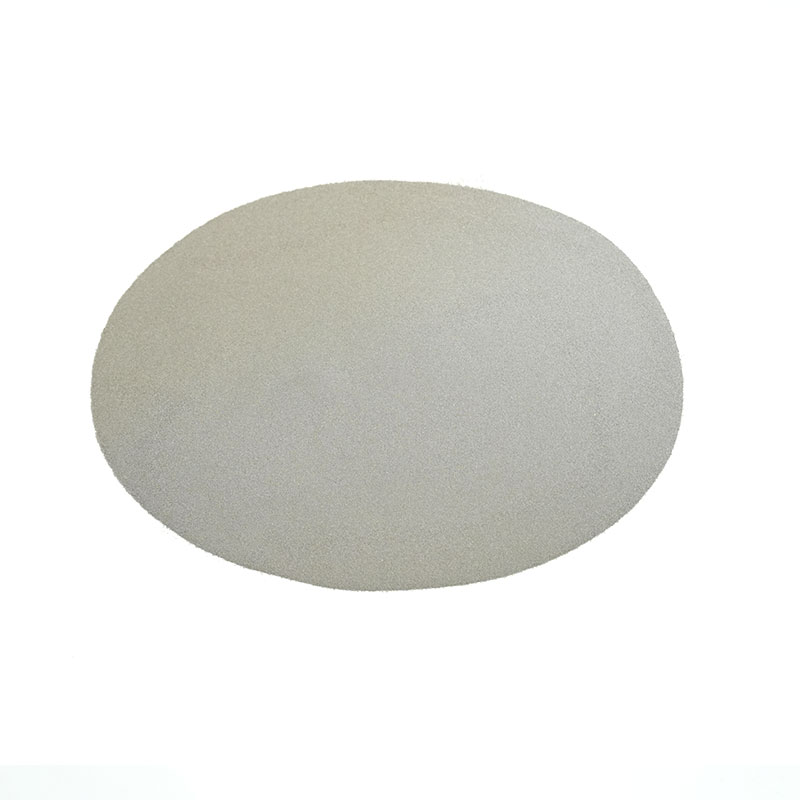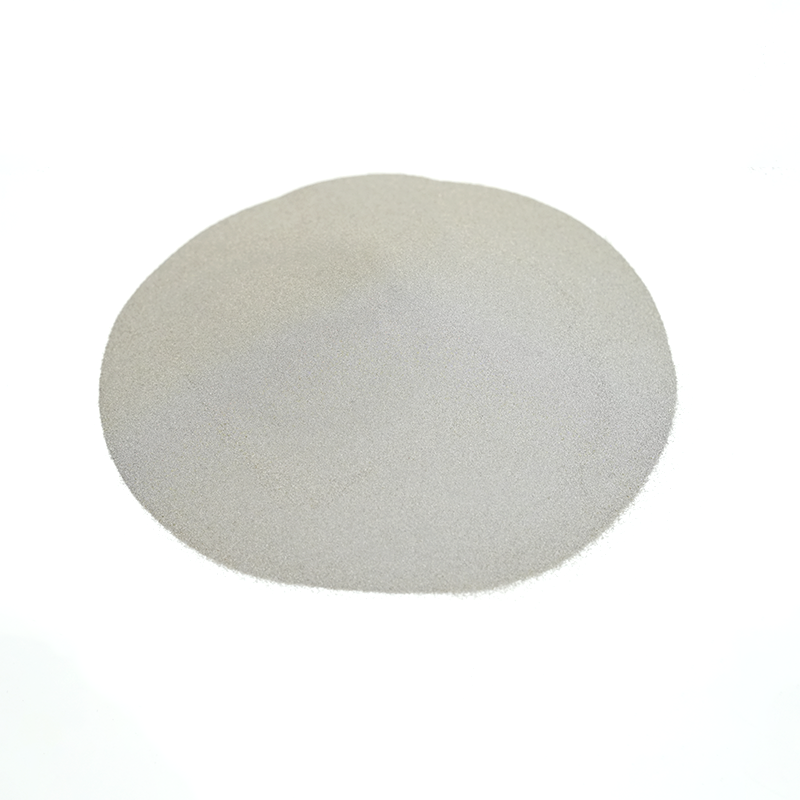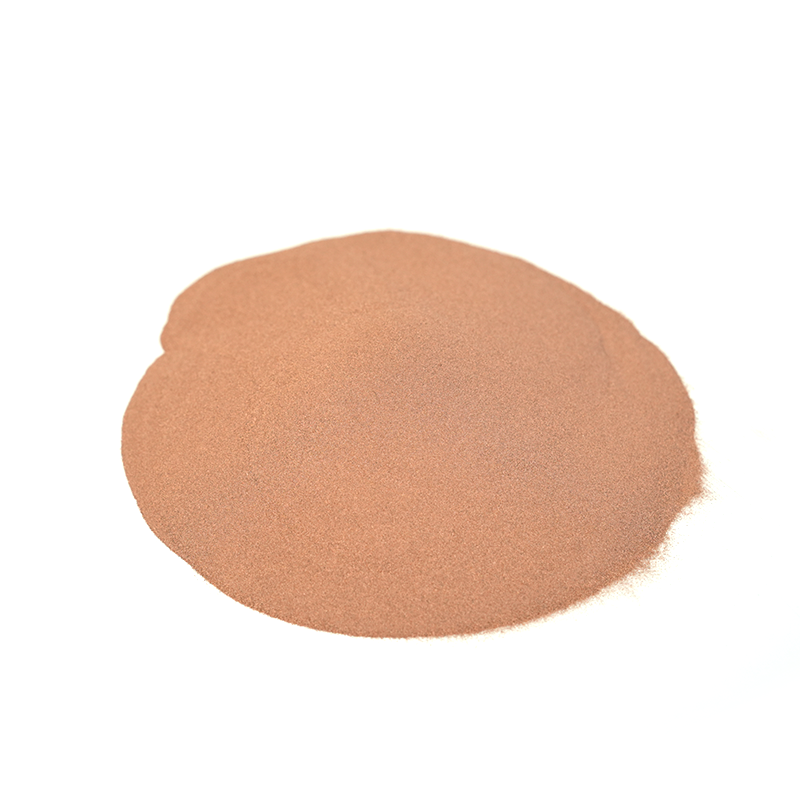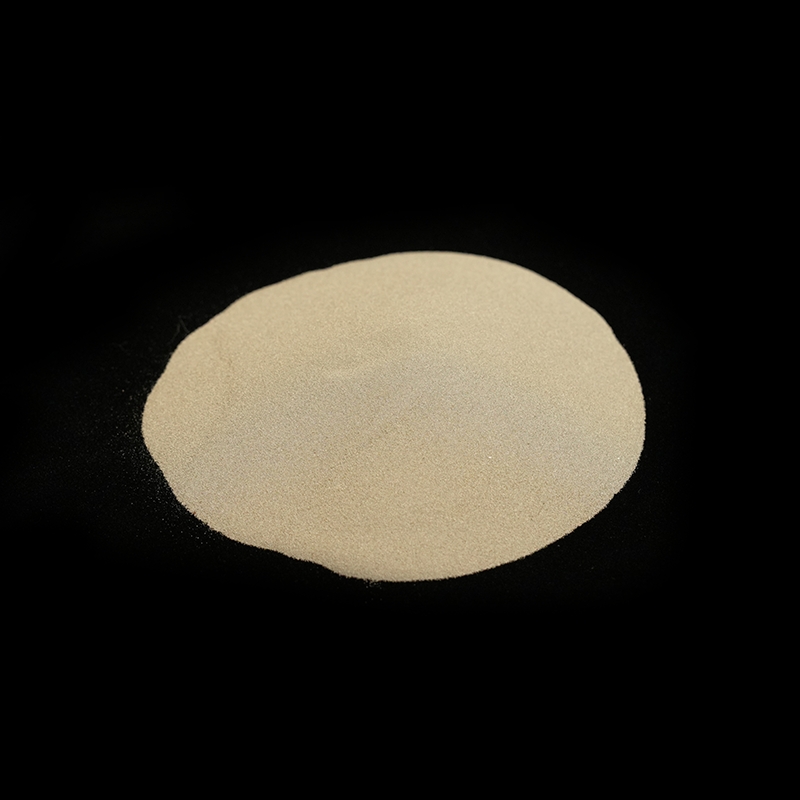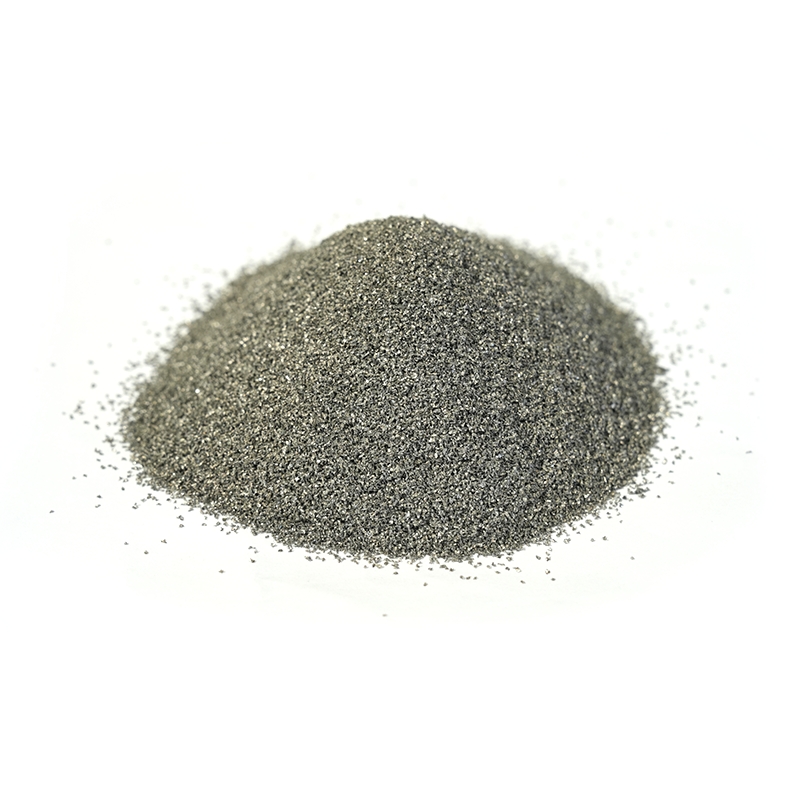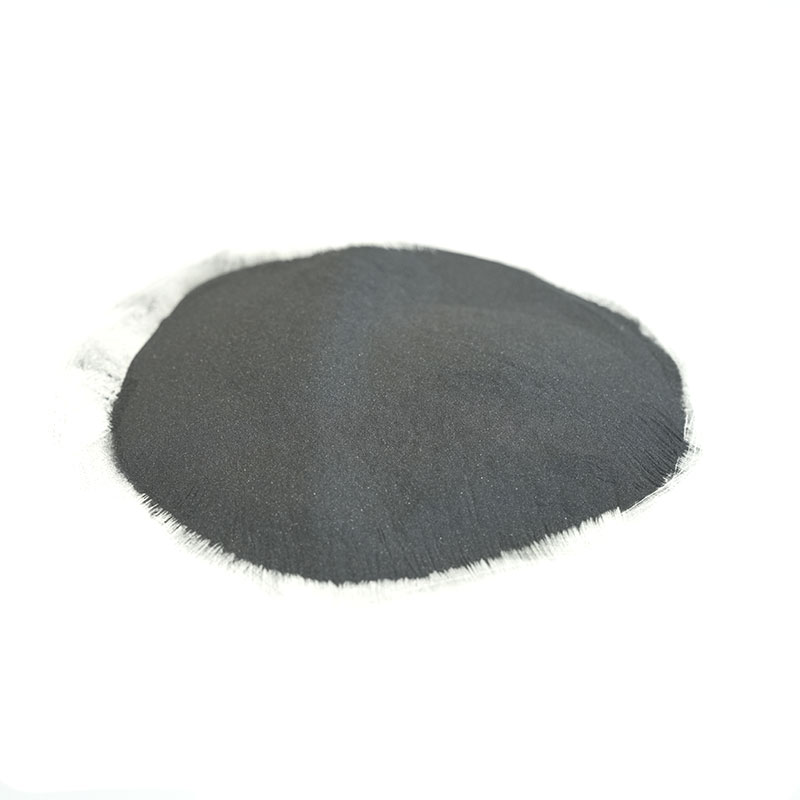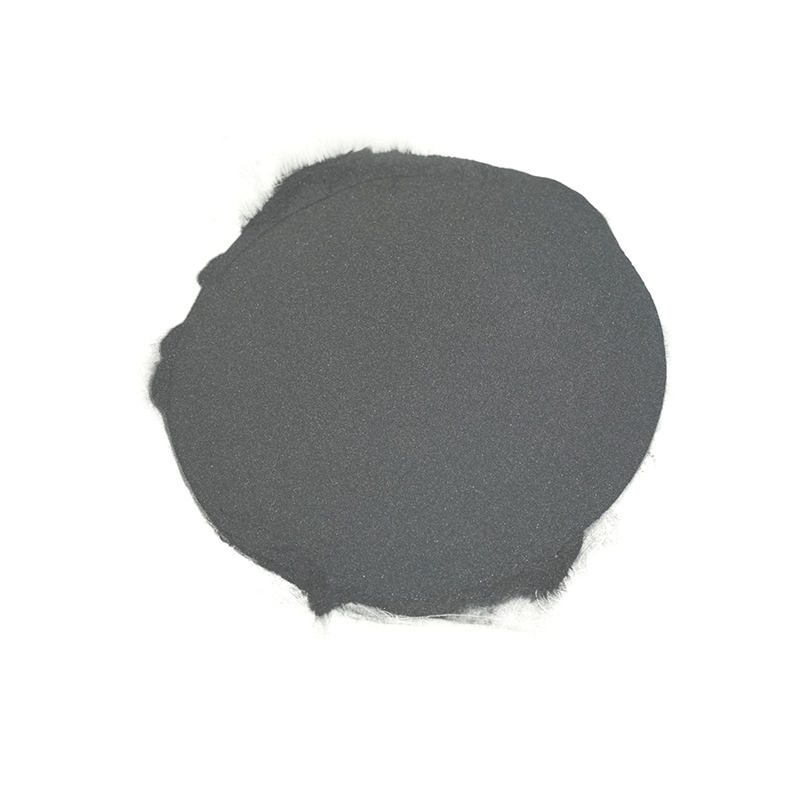Alloy powder, often referred to interchangeably as powdered alloy, metal alloy powder, or simply alloy dust in various industrial contexts, forms the fundamental building block for a wide array of advanced manufacturing processes, particularly in additive manufacturing (3D printing), powder metallurgy, and thermal spraying. The unique and controllable characteristics of these fine metallic particles are what enable the creation of materials with tailored properties for demanding applications across aerospace, automotive, medical, and energy sectors. Understanding these characteristics is crucial for selecting the right material and process for a desired outcome.
Key Characteristics of Alloy Powder
The performance and processability of alloy powder are intrinsically linked to several key characteristics:
1. Chemical Composition
The precise elemental makeup of an alloy powder is paramount. It dictates the material's inherent properties such as strength, hardness, corrosion resistance, electrical conductivity, and thermal expansion. Manufacturers achieve specific compositions by carefully controlling the raw materials and melting processes during powder production. Variations, even slight ones, in the concentration of alloying elements can significantly alter the final material's performance. For instance, the presence of chromium and nickel in stainless steel powdered alloys provides their characteristic corrosion resistance.
2. Particle Size and Distribution
The particle size (typically measured in micrometers) and its distribution within a batch of metal alloy powder profoundly impact its flowability, packing density, and sintering behavior.
-
Smaller particles generally lead to higher surface area, which can enhance reactivity and promote better densification during sintering or melting. However, very fine powders can be more challenging to handle due to issues like agglomeration and lower flowability.
-
Larger particles tend to flow more freely and pack more loosely.
-
Particle size distribution (PSD), whether narrow or broad, affects how the powder packs together, influencing the final part's density and mechanical properties. A carefully controlled PSD is essential for consistent processing and optimal part quality.
3. Morphology (Particle Shape)
The shape of individual particles in an alloy dust batch is another critical characteristic. Common morphologies include:
-
Spherical: Often produced by gas atomization, spherical particles exhibit excellent flowability and high packing density, making them ideal for additive manufacturing processes like selective laser melting (SLM) and electron beam melting (EBM).
-
Irregular/Angular: These shapes can result from mechanical comminution (grinding). While their flowability might be lower, their interlocking nature can sometimes be beneficial for certain powder metallurgy applications, offering good "green strength" (the strength of a compacted but unsintered part).
-
Flaky/Dendritic: Less common for structural applications, but can be relevant for specialized uses.
4. Flowability
Flowability refers to the ease with which powdered alloy can move or flow under gravity. This property is crucial for consistent feeding in additive manufacturing systems and for achieving uniform die filling in powder metallurgy. Good flowability is primarily influenced by particle size, shape, and surface roughness, as well as inter-particle forces. Spherical particles with a narrow size distribution generally exhibit superior flowability.
5. Apparent Density and Tap Density
-
Apparent density (or bulk density) is the mass of a given volume of loose metal alloy powder, including the void spaces between particles. It impacts how much powder can be held in a feeder or die.
-
Tap density is the density of the powder after it has been vibrated or tapped to settle the particles as closely as possible. The difference between apparent and tap density provides an indication of the powder's compressibility and how much it can densify during processing.
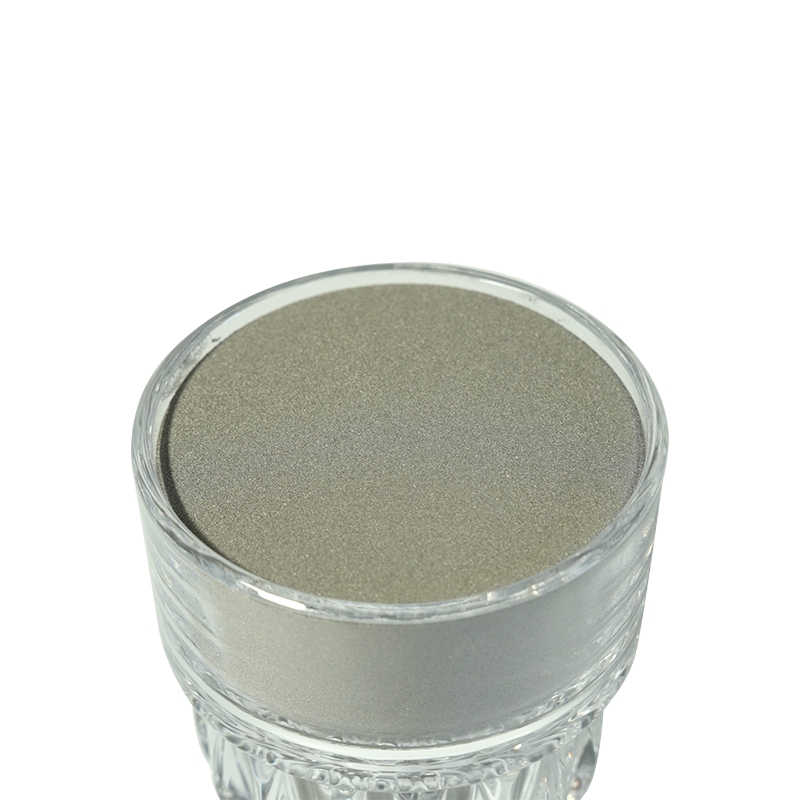
6. Surface Chemistry and Purity
The surface of alloy powder particles can have a significant impact on their behavior. Surface oxides, contaminants, or adsorbed gases can hinder consolidation, affect material properties, and even introduce defects. High purity, with minimal interstitial elements (like oxygen, nitrogen, and hydrogen), is often critical, especially for reactive metals and high-performance applications, as these can embrittle the final part or reduce its corrosion resistance.
7. Thermal Properties
For processes involving heating and melting, such as additive manufacturing and sintering, the thermal properties of the alloy dust are vital. These include:
-
Melting point/range: Determines the processing temperature.
-
Specific heat: Influences the energy required to heat the powder.
-
Thermal conductivity: Affects heat dissipation during processing and the final component's performance.
8. Compressibility
In powder metallurgy, compressibility refers to the ability of the alloy powder to be compacted into a high-density "green" part under pressure. This characteristic is influenced by particle shape, size, and hardness. Good compressibility is essential for achieving high green strength and for subsequent densification during sintering.
Conclusion
The characteristics of alloy powder are not merely individual attributes but interact synergistically to define the material's processability and the ultimate properties of the manufactured part. Advances in powder production technologies continue to enable tighter control over these characteristics, pushing the boundaries of what is possible in materials science and engineering. As industries increasingly rely on advanced manufacturing techniques, a profound understanding and meticulous control of powdered alloy characteristics will remain indispensable for innovation and performance optimization.


 English
English русский
русский عربى
عربى